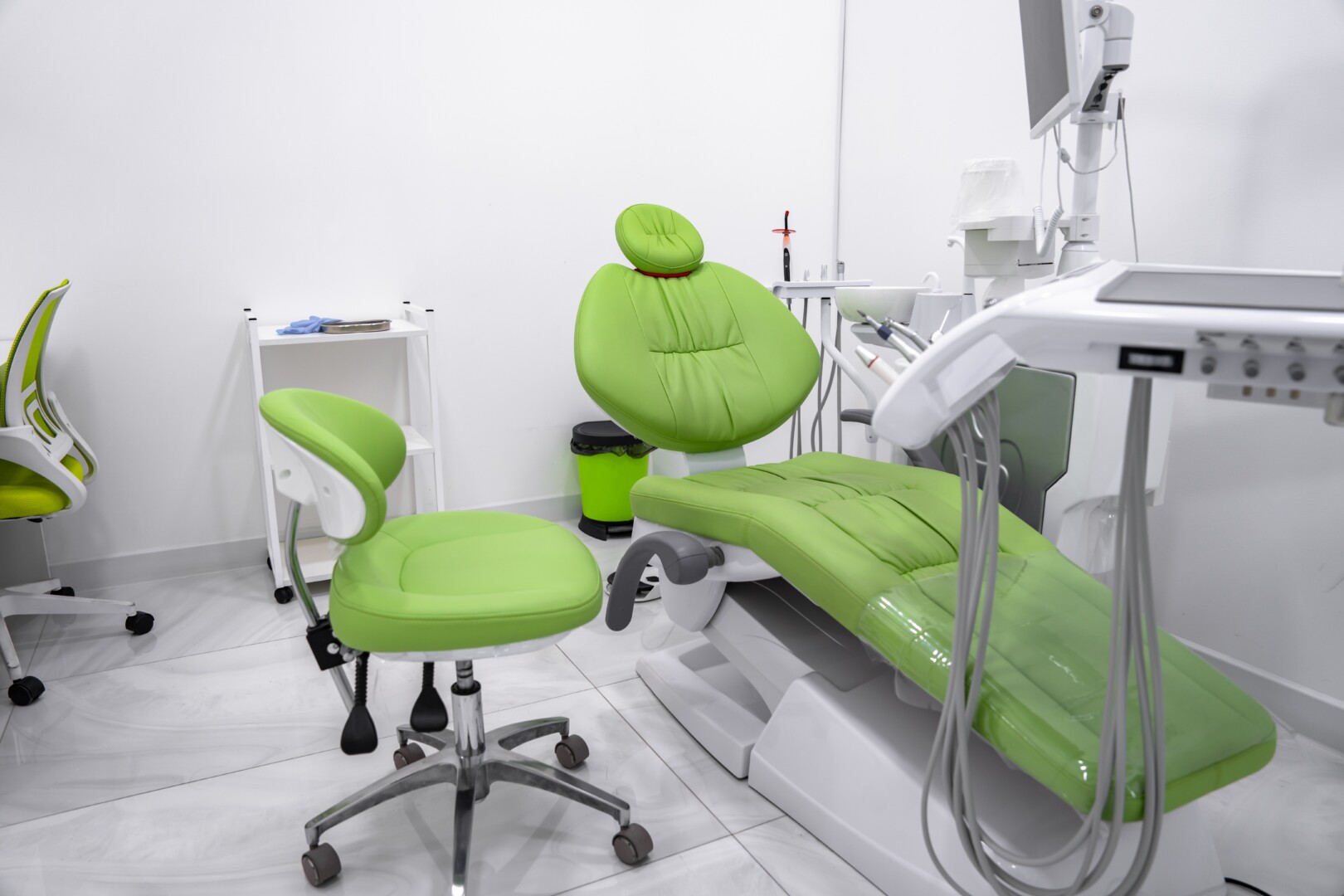A Guide for Dental Professionals
Colors play a vital role in our perception of the world around us. They evoke emotions, create associations, and influence our behavior. In the context of a dental practice, carefully selected colors can significantly impact the overall atmosphere and patient experience. This article will delve into the psychological and practical implications of color choice in dental design, providing valuable insights for dental professionals seeking to create a welcoming and effective environment.

The Psychology of Color
Colors possess the power to evoke specific emotions and create lasting impressions. Understanding the psychological impact of different colors is essential for dental professionals seeking to cultivate a positive and reassuring atmosphere.
Warm Colors
- Red: Often associated with energy, excitement, and passion, red can be a stimulating color. However, it can also be perceived as aggressive or intense. In a dental setting, red accents can be used strategically to create a sense of vibrancy and excitement, but they should be balanced with calming colors to avoid overwhelming patients.
- Orange: Evoking feelings of warmth, enthusiasm, and optimism, orange can be a cheerful and inviting color. It can also stimulate appetite and create a sense of friendliness. Incorporating orange elements into your dental practice can help to put patients at ease and create a welcoming ambiance.
- Yellow: Associated with happiness, optimism, and clarity, yellow is a bright and uplifting color. It can also stimulate mental activity and improve concentration. Using yellow accents in your dental practice can create a cheerful and energetic atmosphere, but it should be used judiciously to avoid being overwhelming.
Cool Colors
- Blue: Often associated with calmness, trustworthiness, and reliability, blue is a popular choice for healthcare environments. It can evoke feelings of peace and tranquility, helping patients to relax and feel at ease. Incorporating blue elements into your dental practice can create a soothing and professional atmosphere.
- Green: Symbolizing nature, growth, and harmony, green is a color that promotes feelings of balance and well-being. It can also be perceived as calming and refreshing. Using green accents in your dental practice can create a serene and relaxing atmosphere, but it should be used in conjunction with other colors to avoid monotony.
- Purple: Associated with royalty, luxury, and wisdom, purple is a color that can evoke feelings of sophistication and refinement. It can also be perceived as mysterious and intriguing. Using purple accents in your dental practice can create a unique and memorable atmosphere, but it should be used sparingly to avoid being overwhelming.
Practical Considerations
In addition to the psychology of color, there are also practical considerations to take into account when choosing colors for your dental practice. These include:
- Functionality: Colors can be used to highlight specific areas or features of your dental practice. For example, using a contrasting color to highlight the reception desk or patient waiting area can make these areas more easily identifiable.
- Lighting: The amount and type of lighting in your dental practice will affect how colors appear. It is important to choose colors that complement the existing lighting conditions and create a balanced and harmonious atmosphere.
- Brand Identity: If your dental practice has a specific brand identity or logo, it is important to choose colors that align with that branding. This will help to create a cohesive and recognizable appearance for your practice.

Common Mistakes Dentists Make When Choosing Colors
While colors can be a powerful tool in creating a welcoming and effective dental practice, it’s important to avoid common pitfalls that can undermine the desired atmosphere. Here are three common mistakes dentists make when choosing colors for their practice:
1. Overusing Bright Colors: While bright colors can be stimulating and energizing, excessive use can create a chaotic and overwhelming environment. It’s important to balance bright colors with more muted tones to create a harmonious and soothing atmosphere. Overusing bright colors can also make patients feel anxious or uncomfortable, particularly those who are sensitive to strong visual stimuli.
2. Neglecting the Psychology of Color: Many dentists may choose colors based solely on personal preference or aesthetic appeal, without considering the psychological impact they can have on patients. It’s essential to understand the emotions and associations evoked by different colors and select those that align with the desired mood and atmosphere of the dental practice. For example, using too much red can create a sense of aggression or anxiety, while excessive blue might lead to feelings of coldness or detachment.
3. Ignoring the Impact of Lighting: The way colors appear can be significantly influenced by the lighting conditions in a dental practice. Poorly lit spaces can distort colors, making them appear dull or muted. It’s important to choose colors that complement the existing lighting and create a balanced and visually appealing environment. Additionally, consider using natural light whenever possible to enhance the perception of colors and create a more inviting atmosphere.
Creating a Harmonious Color Palette
To create a harmonious and inviting color palette for your dental practice, consider the following tips:
- Use a color wheel: A color wheel can be a helpful tool for visualizing different color combinations. Complementary colors are located opposite each other on the color wheel, while analogous colors are located next to each other.
- Create a focal point: Choose a dominant color to use as a focal point in your dental practice. This could be a bold color for the walls or a more subtle color for the flooring.
- Use accents: Add accents of other colors to create interest and balance. This could be through artwork, furniture, or decorative elements.
- Consider patient demographics: The age and cultural background of your patient population may influence your color choices. For example, brighter colors may be more appealing to younger patients, while more muted colors may be preferred by older patients.
Conclusion
Choosing the right colors for your dental practice is an important decision that can have a significant impact on the overall atmosphere and patient experience. By understanding the psychology of color and considering the practical implications, dental professionals can create a welcoming, inviting, and effective environment that fosters trust and confidence.




